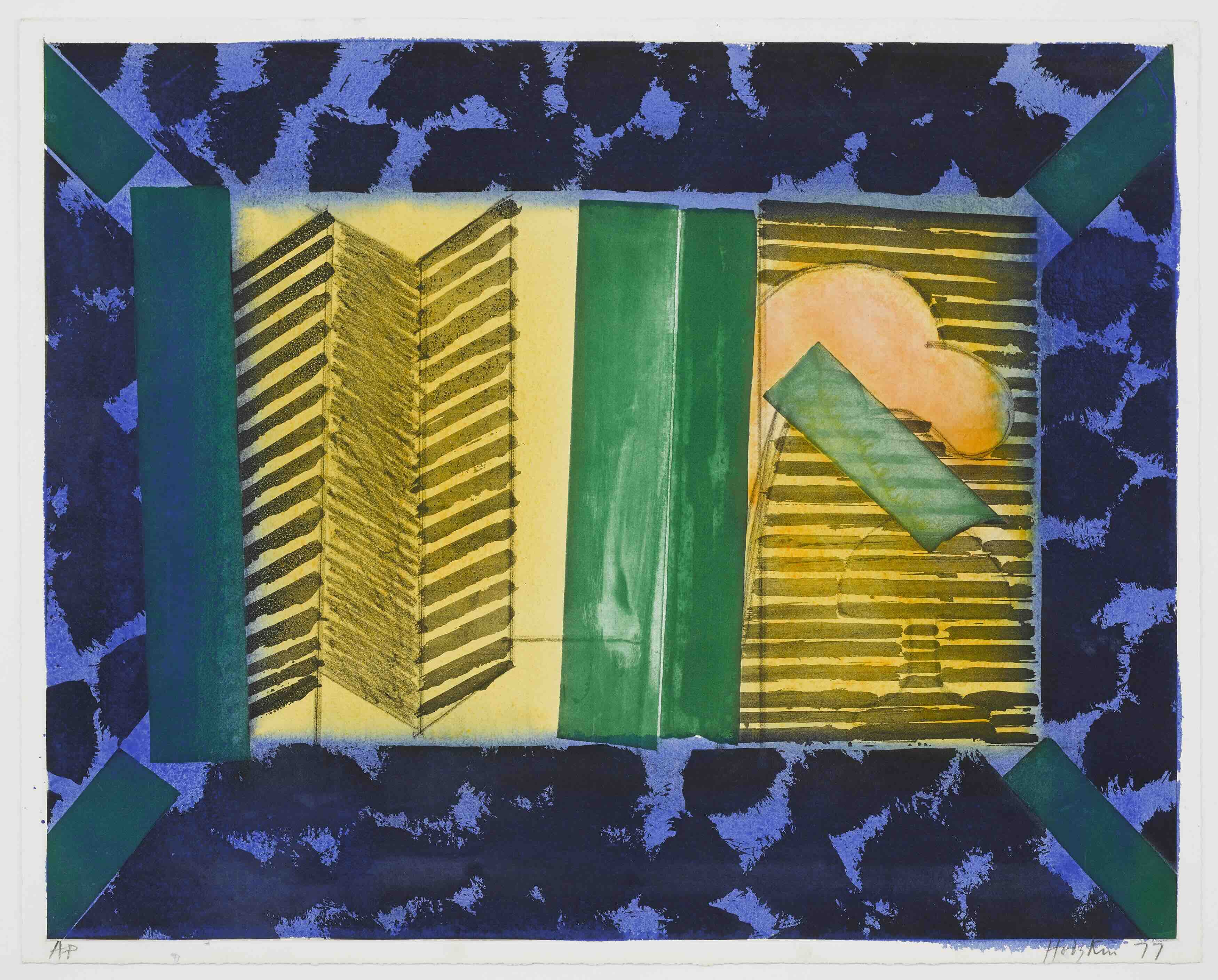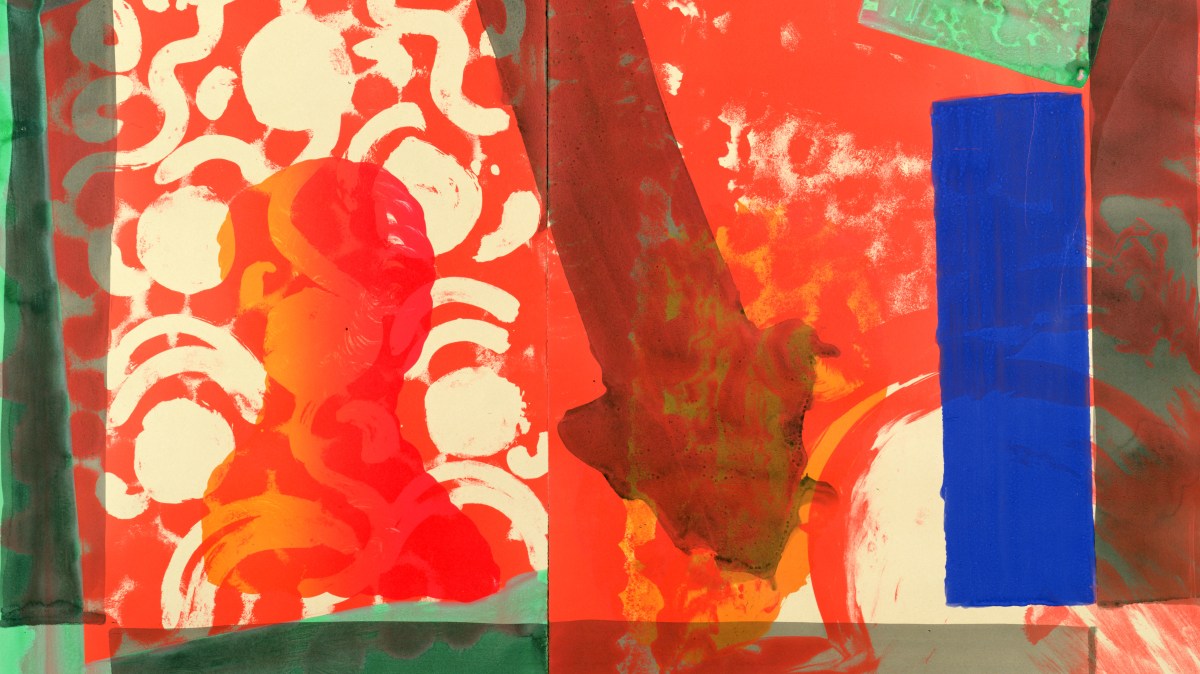It’s “the evasiveness of reality” that Howard Hodgkin was always striving for in his pictures. The “glancing quality” of memory, that fleeting flash, packed with detail but somehow blurry at the same time. This exhibition at Pitzhanger Manor and Gallery in London is a lovely opportunity to see a selection of the great British colourist’s prints from throughout his career, and a few of his glorious paintings, in a splendid setting.
It’s appropriate that Pitzhanger was Sir John Soane’s country home; Hodgkin was fascinated by people’s interior spaces, as he says in Judy Marle’s 1982 film (running in the manor’s basement) of Hodgkin visiting his beloved second home of India, and in conversation with various friends (though it needs subtitles; it’s quite hard to decipher his classic “diffident Seventies intellectual” mumble).

Not that you’d know when you’re looking at an interior. Hodgkin was a committed abstractionist; his paintings, which took years to create, and his prints, made relatively quickly, use a pictorial language of splodges, sweeps and fat lines in brilliant colours that bear relation to reality only in as much as they capture the emotions associated with whatever memory the picture relates to.
• A Picasso for less than ten grand?
There are recognisable motifs — India’s palm trees reappear often; a series of prints from the mid-Seventies are framed within their frames by rectangles of blue recalling the small windows in Indian railway carriages, through which Hodgkin watched the landscape flash by. Jarid’s Porch, 1977, a sharp tick of intense yellow in a sea of black, evokes the interior glow when a door opens on a dark night.

Hodgkin’s Night Palm (1990-91)
But mostly, with Hodgkin, you must give yourself over to an emotional response — he once said that he’d been told his paintings made people cry, and that he couldn’t think of a better compliment. Rather like a Rorschach test, you see what is in you — part of his brilliance is that he captures the universal. And the beauty on display is breathtaking; the extraordinary colours pierce the heart (it’s gorgeously hung). I particularly love the later work, as it became more gestural in the Nineties, his movements adding to its intensity.
Portrait of the Artist Listening to Music was Hodgkin’s final work, completed three months before his death in 2017. It’s one of his largest, and feels elegiac, maybe even angry, with rapid black and grey marks encroaching aggressively on what might be a figure. You can imagine a man, listening to something furiously avant-garde and raging against the dying of the light. It’s the feeling that matters, and these works are bursting with it.
★★★★☆
Pitzhanger Manor and Gallery, London, Oct 1 to Mar 8, pitzhanger.org.uk

